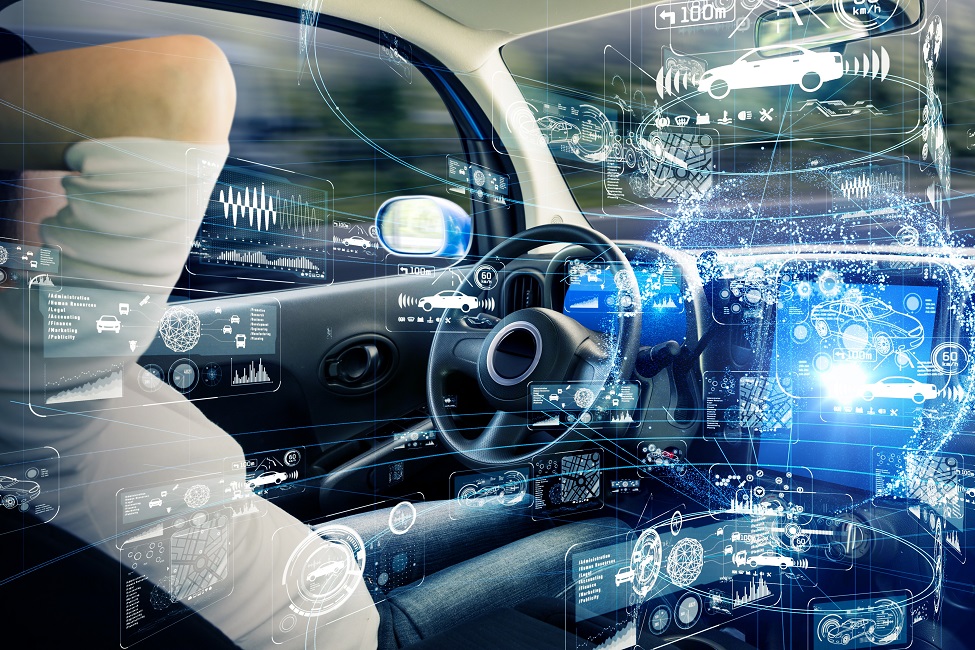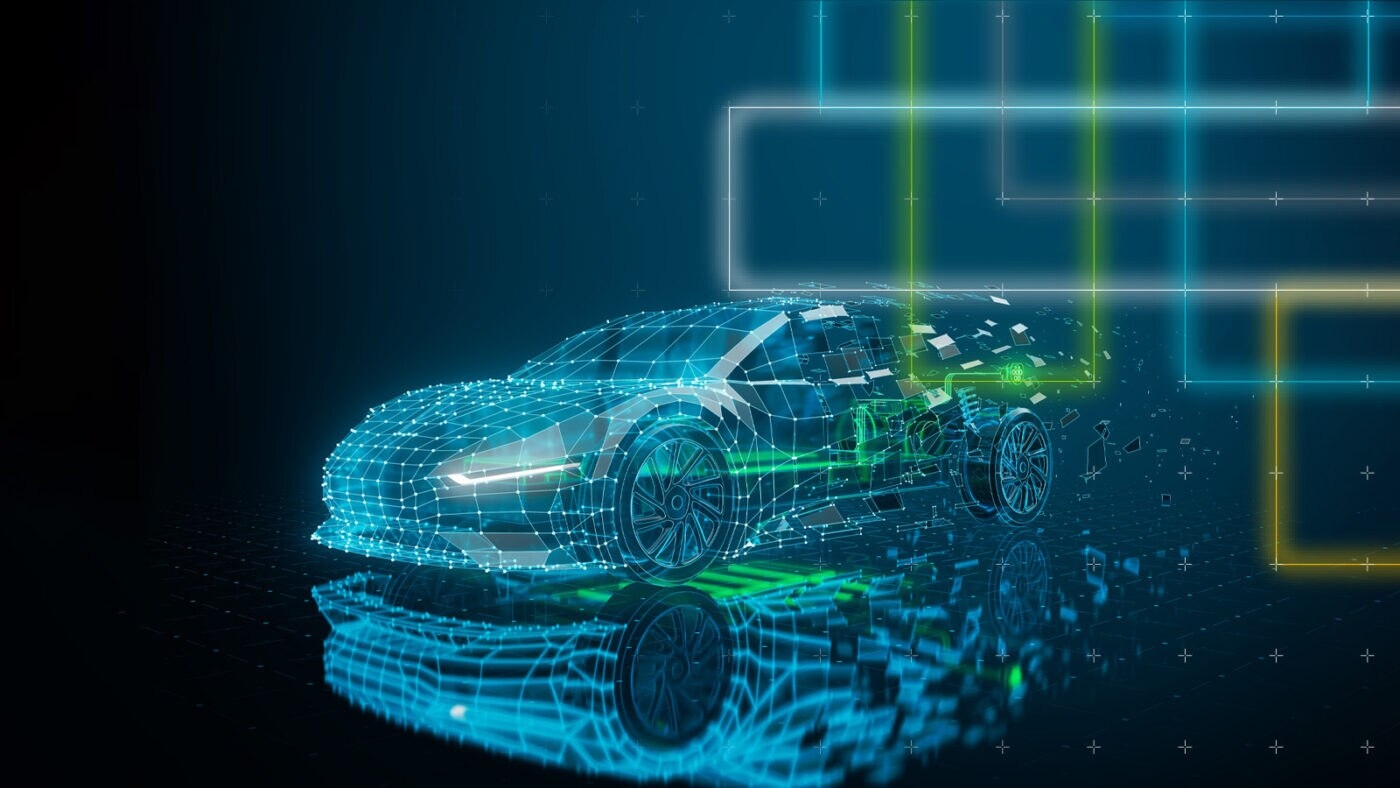The automotive industry is undergoing a remarkable transformation, with hybrid technology at the forefront of innovation. Combining the best of internal combustion engines and electric powertrains, hybrid vehicles represent a significant step toward sustainable and efficient transportation. As environmental concerns and fuel efficiency demands rise, hybrids are leading the way by offering an ideal balance between performance and eco-consciousness.
This article explores how hybrid technology is reshaping the auto sector, improving energy efficiency, reducing emissions, and influencing the future of vehicle design and manufacturing.
1. Redefining Fuel Efficiency and Performance

Hybrid vehicles have redefined expectations for fuel efficiency without compromising performance. Traditional cars rely solely on gasoline engines, which consume more fuel and produce higher emissions. In contrast, hybrids use a combination of electric motors and internal combustion engines, switching seamlessly between the two to optimize energy use.
- Energy Recovery Systems: Regenerative braking, a hallmark of hybrid technology, converts kinetic energy into electricity, reducing fuel consumption.
- Power and Responsiveness: Hybrid systems often deliver instant torque through electric motors, enhancing acceleration and overall driving dynamics.
- Mileage Boost: Models like the Toyota Prius and Honda Insight demonstrate how hybrid vehicles achieve remarkable mileage, often surpassing 50 MPG.
These advancements make hybrids an attractive option for consumers seeking both economic and environmental benefits.
2. Environmental Impact and Reduced Emissions

One of the most profound effects of hybrid technology is its contribution to lowering greenhouse gas emissions. As global efforts to combat climate change intensify, the role of hybrids in minimizing the carbon footprint of transportation becomes increasingly critical.
- Decreased CO2 Output: By relying partially on electric power, hybrids significantly reduce carbon dioxide emissions compared to traditional gasoline vehicles.
- Urban Air Quality: In cities with heavy traffic congestion, hybrids excel by operating in electric mode during stop-and-go conditions, cutting down on air pollutants.
- Sustainability Goals: Automakers integrating hybrid technology into their fleets are aligning with international sustainability targets, paving the way for greener urban mobility.
By mitigating environmental damage, hybrids are essential in shaping a more sustainable automotive future.
3. Influencing Vehicle Design and Manufacturing

The adoption of hybrid systems has revolutionized the way vehicles are designed and manufactured. Automakers are leveraging advanced engineering and cutting-edge materials to create vehicles that seamlessly integrate dual powertrains while maintaining lightweight construction.
- Compact Powertrains: Engineers design compact hybrid components, allowing automakers to preserve cabin space and cargo capacity.
- Lightweight Materials: To offset the added weight of batteries, hybrid vehicles often utilize lightweight materials like aluminum and carbon fiber, enhancing efficiency.
- Innovative Manufacturing Processes: The rise of hybrid technology has driven advancements in assembly techniques and battery production, making hybrids more accessible and cost-effective.
These design innovations underscore the versatility and adaptability of hybrid technology across various vehicle types, from sedans to SUVs.
4. Pioneering Autonomous and Connected Vehicles
Hybrid technology also intersects with trends in autonomous and connected vehicles, pushing the boundaries of innovation in the auto industry. As hybrid systems provide the energy efficiency required for extended use of advanced electronic systems, they are becoming integral to the development of smart and autonomous cars.

- Energy for Sensors and AI: Hybrid powertrains support the energy demands of artificial intelligence and autonomous navigation systems.
- Connected Ecosystems: Hybrids are increasingly equipped with connectivity features, such as remote diagnostics and over-the-air updates, enhancing user experience.
- Future-Ready Platforms: The synergy between hybrid and autonomous technologies positions hybrids as key players in the next generation of vehicles.
The integration of these advanced features highlights the role of hybrid vehicles in shaping intelligent and efficient transportation solutions.
5. Driving Consumer Trends and Market Growth

The growing popularity of hybrids is reshaping consumer preferences and driving significant market growth. As automakers expand their hybrid offerings, consumers are presented with a diverse range of options, catering to different needs and budgets.
- Affordable Options: Entry-level hybrids provide an accessible path for eco-conscious drivers to adopt greener technology.
- Luxury and Performance: High-end hybrids from brands like Lexus and Porsche prove that sustainability can coexist with luxury and power.
- Global Expansion: The hybrid market is expanding rapidly across Asia, Europe, and North America, reflecting its universal appeal.
By meeting diverse consumer demands, hybrids are accelerating the transition to sustainable transportation worldwide.
Conclusion
Hybrid technology is undeniably transforming the automotive landscape, bridging the gap between traditional vehicles and full electrification. Its impact on fuel efficiency, environmental sustainability, design innovation, and consumer trends underscores its importance in shaping the industry’s future. As automakers continue to refine hybrid systems and expand their offerings, the potential for further advancements in this field remains boundless.
Are you considering switching to a hybrid vehicle, or do you have insights into this game-changing technology? Share your thoughts in the comments and explore our website for more articles on the latest automotive trends. Let’s drive toward a smarter, more sustainable future together!

Leave a Reply